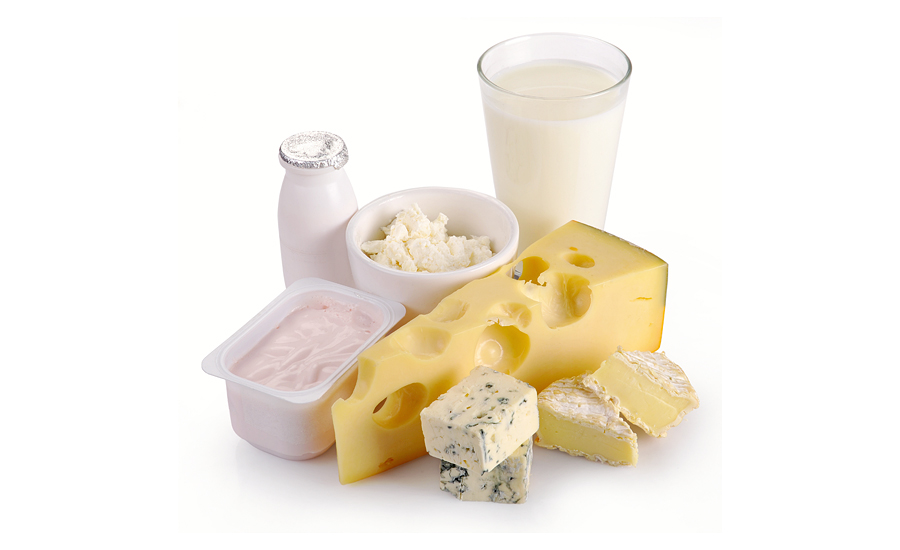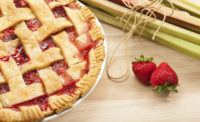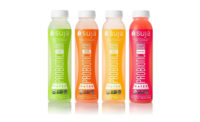The global market for dairy packaging will grow moderately during the forecast period and will post a steady CAGR of over 4% by 2020, according to a study produced by Technavio, Elmhurst, Ill.
In terms of geography, North America dominated this market during 2015, and by 2020, the market for dairy packaging in North America will generate revenues of close to $8 billion.
The study also shows that many retail merchants want packaging that takes up less shelf space, yet is still attractive. As a result, packaging vendors have developed multi-pack and variety pack solutions.
Sustainability also remains to be a major aspect in the global dairy packaging market. Consumers are expecting dairy packaging materials to be environmentally-friendly and sustainable. Packaging suppliers are investing in R&D to develop materials that can be recycled and still maintain the traditional capability of friction, moisture and heat resistance.
No longer is flexible packaging (specifically pouches) considered a tradeoff, according to a trends report published by Mintel, Chicago. In fact, almost one-third (32%) of consumers associate flexible packaging with being modern.
Likewise, there’s a revolution happening in mobile-engaged packaging, Mintel says. Unlike the previous generation that included clunky QR and text codes, this time around, brand owners are tapping near-field communication (NFC) and Bluetooth low energy (BLE) as primary engagement technologies.
Meanwhile, researchers from the National University of Singapore developed an environmentally-friendly food packaging material that is free from chemical additives, by fortifying natural chitosan-based composite film with grapefruit seed extract (GFSE).
This novel food packaging material can slow down fungal growth, doubling the shelf life of perishable foods. Laboratory experiments showed that the shelf life of samples packaged with chitosan-based GFSE composite films were two times longer than those packaged using synthetic packaging films.
Drivers of growth in cheese market
Cheese sales in particular continue to benefit significantly from the snacking trend, according to a report published by Packaged Facts, Rockville, Md. Healthy alternatives like yogurt, fruit snacks and others have challenged cheese in the snacking arena.
Further driving growth is the continued expansion of mass retailers’ own private label brands to include natural and specialty cheeses.
Many retailers have also upgraded their cheese departments to attract consumers who want cheese shop-quality products in the supermarket, supercenter or club store.
Meanwhile, 30% of Millennial and Gen X adults are eating more cheese than they were a few years ago, according to Packaged Facts. Consumption of natural cheese has increased over the last 10 years, while processed cheese has declined.
The study also shows that U.S. marketers are actively trying to fill demand for what many consumers look for in cheese—great taste, indulgence and new flavor experiences. Retail market product trends often start in foodservice, especially in restaurants, as many menu items use cheese liberally for shelf-stable and refrigerated and/or frozen meals and snacks.
Outside of the United States, overall demand for dairy products continues to grow, with most growth coming from developing countries where increasing populations, rising incomes and expansion of the middle class, urbanization and greater adoption of western diets is driving consumption.
Additional dairy trends
Additional dairy trends include:
- Vanilla, chocolate and butter pecan were the Top 3 most popular ice cream flavors in 2015, according to the International Dairy Foods Association, Washington, D.C.
- Flavor and more stimulation are driving consumers toward sweet-savory hybrids, i.e., yogurt blends.
- Healthy fruits, especially whole fruits with peel, boost the nutrition of dairy foods, while nuts, chocolate, fruit and other inclusions can elevate dairy foods top shelf.
- The ice cream category’s unit sales are practically in a standstill, while various segments like frozen yogurt and frozen dairy desserts are struggling, according to charts produced by IRI, Chicago.
Click here to view market trends reports for this category.
To learn more about these and other new retail products, go here.







